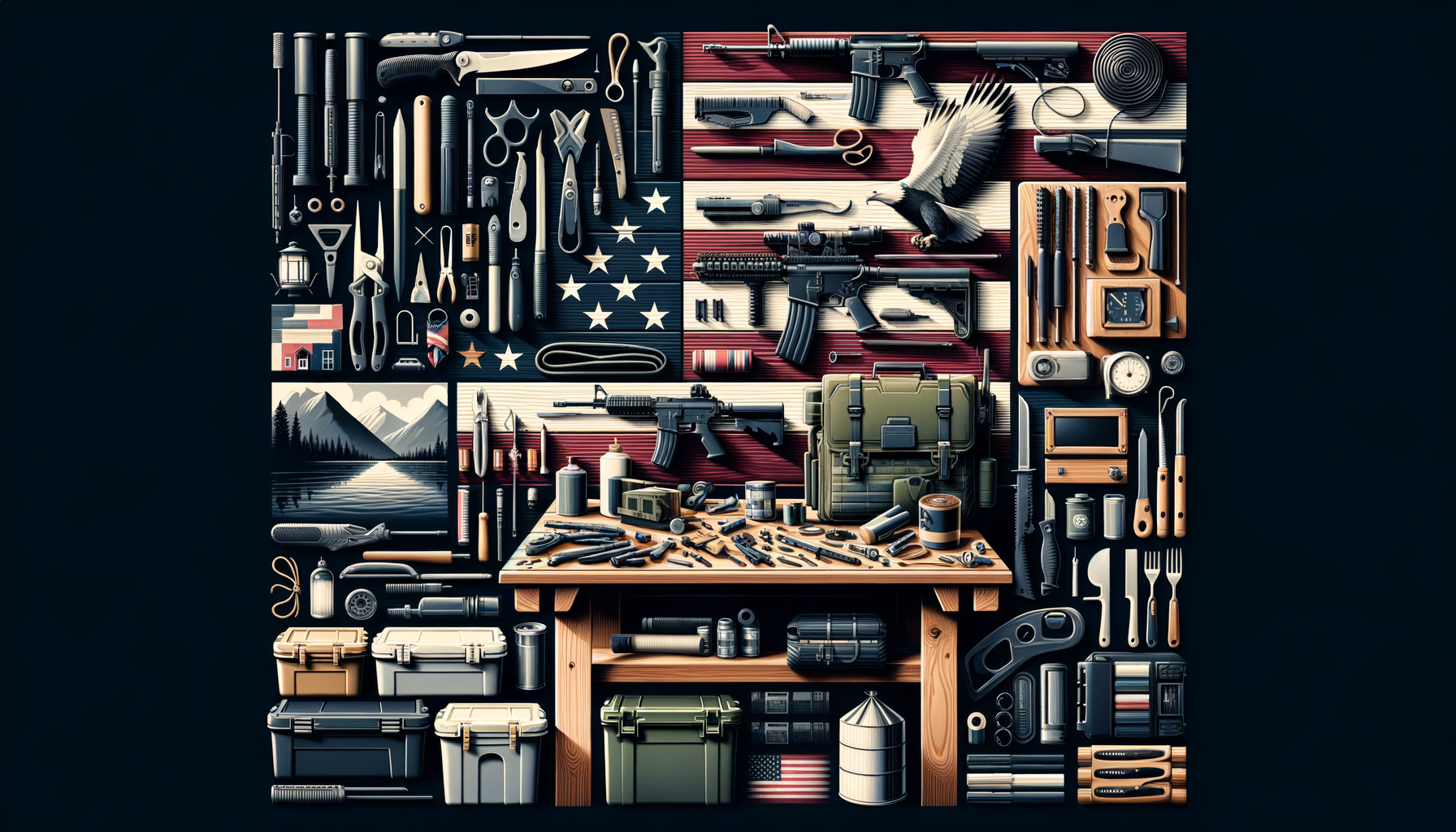Does the 2nd Amendment Only Apply to Militias?

The Second Amendment to the United States Constitution often sparks debates over its intended scope. One of the most frequently asked questions is, “Does the 2nd Amendment only apply to militias?” To answer this, we must examine the historical context, the language of the amendment, and interpretations by the courts over time.
What Does the Second Amendment Say?
The actual text of the Second Amendment reads: “A well regulated Militia, being necessary to the security of a free State, the right of the people to keep and bear Arms, shall not be infringed.” Parsing this single sentence has led to decades of legal and philosophical debates, especially about whether gun rights are tied solely to militia service.
Key phrases like “well regulated Militia” and “the right of the people” are central to interpreting this amendment. Historically, the word “militia” referred to all able-bodied citizens who could be called upon for defense, but how does this apply today?
The Historical Perspective
In the late 18th century, militias were essential for the defense of states and communities. At the time, a standing army was viewed with skepticism, and militias provided a decentralized way to protect the young nation. The framers of the Constitution included the Second Amendment to ensure citizens could arm themselves and participate in these militias.
However, the concept of a militia in 1789 differs drastically from how people understand militias today. Originally, every male citizen capable of bearing arms was part of the militia, an obligation rather than an exclusive group or organization.
The Courts and the Individual vs. Collective Rights Debate
For many years, court cases explored whether the Second Amendment protects an individual’s right to bear arms independent of militia service or if the “right” is collective, meant only for state-organized militias. Two landmark Supreme Court cases have shaped the modern understanding of the amendment:
- United States v. Miller (1939): This case revolved around whether a sawed-off shotgun qualified for Second Amendment protection. The Court ruled that the weapon must have a “reasonable relationship to the preservation or efficiency of a well regulated militia.” The decision leaned toward a militia-based interpretation but left many questions unanswered.
- District of Columbia v. Heller (2008): This case marked a turning point. The Supreme Court ruled that the Second Amendment protects an individual’s right to own firearms, unrelated to militia service. The decision emphasized the “right of the people” as guaranteeing private gun ownership while acknowledging that some regulations are permissible.
The Heller decision explicitly stated that the Second Amendment is not limited solely to members of a militia. This clarified that while militias are mentioned as one purpose, the amendment safeguards individual rights as well.
Understanding “Well Regulated” in the Modern Context
Another contentious point is what “well regulated” means. In the 18th century, “regulated” didn’t necessarily imply government control or oversight; it often meant “functioning properly.” Therefore, a “well regulated militia” could mean a capable and effective citizenry, not necessarily a formal entity under state control.
Today, some argue that this historical definition supports a broader interpretation of the Second Amendment, where individuals have the right to own firearms to ensure they can contribute to collective defense if needed.
Where Does This Leave Us?
While the phrase “A well regulated Militia” opens the Second Amendment, modern legal interpretations have moved beyond a militia-exclusive view. Courts now focus on the “right of the people” portion as guaranteeing individual rights, albeit with room for regulation on the types of arms and their uses.
Key Takeaways:
- The Second Amendment originally tied gun rights to the need for militias, viewed as essential for national defense in the 18th century.
- Landmark cases like District of Columbia v. Heller confirm that the Second Amendment protects an individual’s right to own firearms, independent of militia service.
- Modern interpretation balances individual rights with reasonable restrictions on gun ownership.
Addressing Misconceptions About Militias and Gun Rights
Some assume that the mention of militias in the amendment means gun ownership is conditional. However, this interpretation misses the broader historical and legal context. While militias were central in the 18th century, current laws and court decisions emphasize the individual nature of Second Amendment rights.
It’s also essential to understand that “militia” was never a formal army but a group of everyday citizens, underscoring the importance of the right to bear arms as a personal liberty.
Staying Educated and Engaged
The ongoing debate surrounding the Second Amendment highlights the need for every firearm owner to stay informed. Whether you’re new to firearms or a seasoned advocate, understanding your rights and responsibilities helps ensure a safer and more knowledgeable community.
If you’re interested in learning more about your Second Amendment rights or exploring safe firearm practices, check out our guide to state and federal gun laws. Protecting your rights starts with staying well-informed.
Conclusion
To answer the central question, the Second Amendment does not only apply to militias. Modern interpretations and historical context affirm that it protects an individual’s right to own and bear arms, though the balance between rights and regulations continues to evolve. By understanding these nuances and engaging with the topic, firearm enthusiasts can contribute to an informed and respectful dialogue about constitutional rights.
For more insights on firearm safety, rights, and gear, explore our latest resources and reviews.



